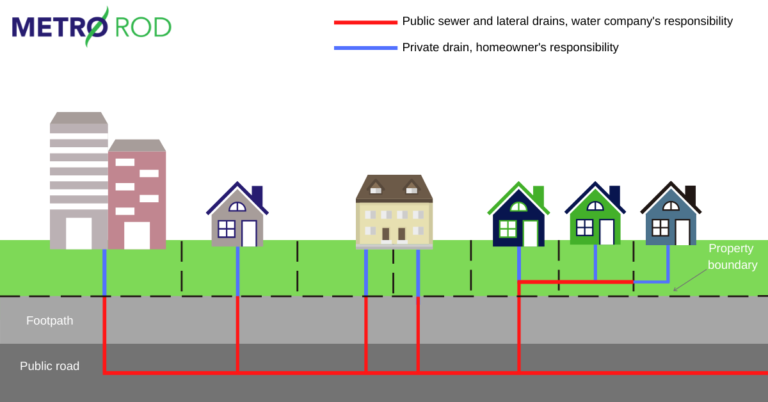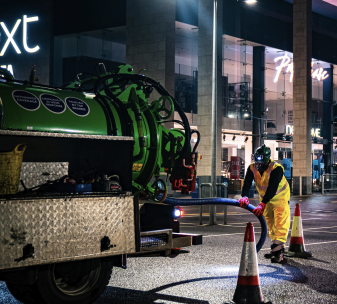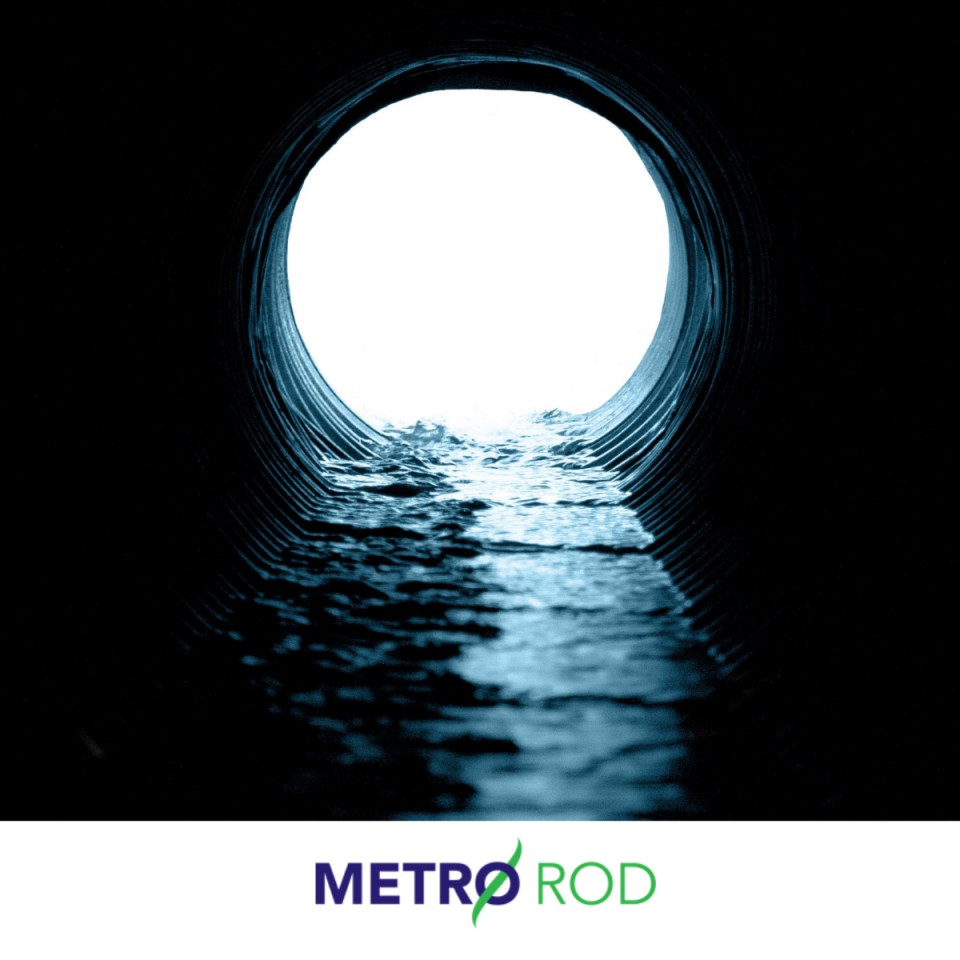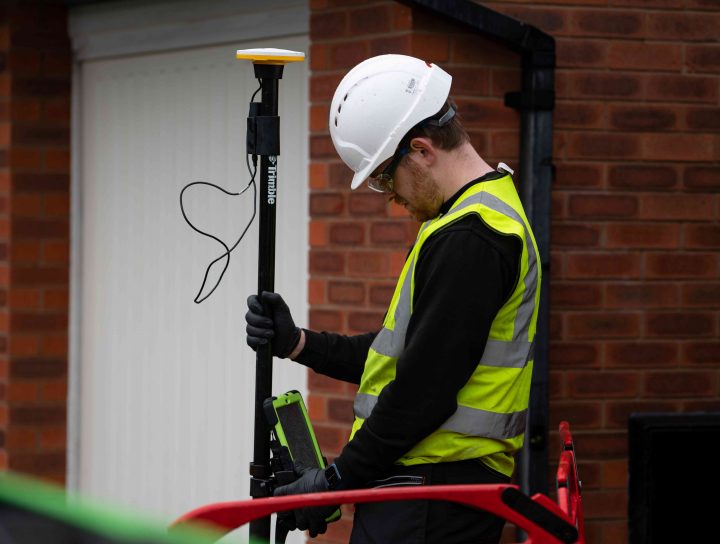As drainage systems are an essential part of any property, we must take the necessary precautions to keep them in optimal condition and prevent undesirable problems from arising. However, if a blockage occurs in your outside drain, how will you know?
Tell-tale Signs Your Outside Drain Is Blocked
There are a few indicators to look out for when it comes to outside drain blockages. If you notice any of the below signs, you should contact a drain unblocking specialist as soon as possible.
- Foul odours around the outside of your property
- Overflowing manholes and gullies
- Reflux from your pipe and plugs
- A backflow of waste water
The above signs are strong indicators that something is blocking your drain pipes. Therefore, it’s important to resolve the problem quickly to prevent more serve issues further down the line.
What Causes Blockages in Your Outside Drains?
Typically, leaves, soil, fallen branches, litter and other outdoor debris can be found within the drain when a blockage has occurred. However, another primary culprit for causing drain blockages are tree roots.
When tree roots enter our drains, they thrive. Reason being, drains provide the perfect ecosystem for tree roots as they contain water and nutrients for growth. Once tree roots gain entry into your drainage system, they will grow, causing debris to become stuck and collect. Over time, this debris collection will grow large enough and cause a blockage within the drain. For more information on the impact of tree roots on drainage systems and the techniques used to remove them, read our tree root cutting: how and why blog.
It’s also important to watch what we pour down our drains. When fats, oils, and grease enter our drains, eventually, they will cool and solidify. If enough of these substances enter the drainage system, they will restrict water flow within the drain pipe and seal it off. Also, if non-flushable items such as wet wipes, nappies, and q-tips enter the drain, these can add to the existing debris. Potentially resulting in a fatberg forming.
Who’s Responsible for Clearing the Drain Blockage?
When it comes to drain repair, unblocking, and maintenance, a common dilemma for many property owners is who’s responsible for fixing the issue. Does responsibility lie with the owner themselves or the local water authorities?

To simplify the matter for property owners, if the drain in question is situated within your properties boundary and only you use it, it’s your responsibility to maintain it. However, with drain responsibility, things get a bit trickier when we talk about shared drainage systems. A shared drain relates to any private drain that connects with several other properties before meeting a public sewer. If your private drain connects to a shared drainage system, then it is the local water authorities responsibility to fix any problems that arise. To learn more about drainage responsibility, read our blog drain repair, unblocking and maintenance: who is responsible?
How Do You Clear an Outside Drain?
Blocked drains can be a genuine inconvenience and a frequent problem for many property owners. It's important to note that preventative measures, like a drain maintenance plan, can be used to safeguard your drains against blockages and other drainage issues.
However, if an outside drain blockage arises, it can often be remedied through various drain unblocking techniques and tools. These our methods for how to unblock drains outside of your property.
Drain Rodding
Drain rodding is a drainage unblocking technique that uses steel rods to dislodge debris within the drain pipe. Once the debris has been dislodged, it can be removed via high-pressure drain jets.
High-Pressure Drain Jetting
For this drain unblocking technique, a drain jetting unit uses high-pressure water to clear any fats, oils, grease, branches, tree roots or other forms of debris from the drain. However, in certain situations, high-pressure drain jetting isn’t enough to remove the blockage, particularly if the debris causing it has been left unattended for a long time. In these instances, robotic cutting will be required.
Robotic Cutting
Robotic cutting is a specialist drain unblocking technique used primarily to remove concrete and other hard debris from drains. For this drain unblocking technique, a drainage engineer will feed the robotic cutter down the drain. The robotic cutting equipment has a built-in camera that enables the engineer to navigate the equipment through the drain until they reach the blockage. Then, controlling the equipment remotely, the drainage engineer will use motorised cutters to grind the debris into small pieces which can be easily flushed through the drainage system.
CCTV Drain Surveys
Although CCTV drain surveys aren’t precisely a drain unblocking technique, they are handy for understanding what is causing the blockage within your drainage system. A CCTV drain survey will inspect the current condition of your drains, identify what’s causing the blockage and detect any damages to the pipe.
Call the Outside Drain Unblocking Specialists
If your outside drain has become blocked, it’s essential to call a drain unblocking specialist as soon as possible. Finding out how to unblock outside drain and pipelines is a part of the solution; however, at Metro Rod we can help you accomplish clean and clear drains with expert engineers on hand. At Metro Rod, our primary goal is to ensure your drains remain clean and clear and return your drainage to fine working order with minimal disruption.
With over 35 years of experience at unblocking drains, you can rely on us to unblock your drain quickly and efficiently, using the most effective tool or technique for the job. If your drain has become blocked, contact your local Metro Rod depot or call us on 0800 66 88 00.

Talk to your local Metro Rod specialist
We are always happy to arrange a free site assessment and no obligation quotations for any work you might need. Alternatively, you can call our emergency hotline number on 0800 66 88 00
Get in touch Drainage Services
